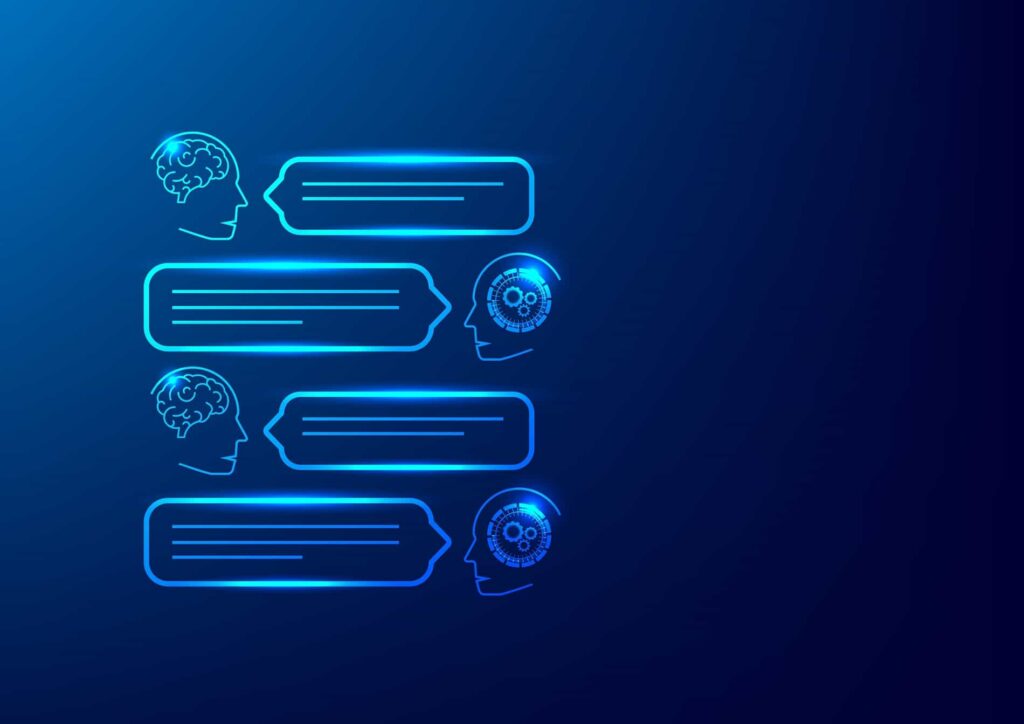
As the knowledge base grew, technicians reduced resolution time.
A single portal was deployed for students to quickly access information.
By embracing KCS as a practice, the team saw performance gains.
Industry: Higher Education
End-users: 12,000
A few years ago, the University of South Dakota’s Information Technology Services (ITS) division was like that of many institutions: There was no real knowledge base, instead, information resided in silos across various departments, with insufficient communication between one department and another. The division was struggling to do more with less because it wasn’t efficient in delivering service.
“We’re a great department, but we haven’t always worked as one cohesive team,” says Katharina Wymar, who heads the Project Management Office within ITS. “We lacked that one platform, that one mindset that allowed us to share knowledge.”
Over the last few years, the university has been working to adopt Knowledge-Centered Service (KCS)©, a set of practices for managing and sharing institutional knowledge. The results have been dramatic. Collecting all information in a single, easily accessible knowledge base has allowed ITS staff at the university to avoid a lot of repetitive work and improve their problem-solving capabilities. It has reduced the amount of time it takes to train new ITS employees. And it has eased the burden on staff by shifting a significant amount of their work to self-service by helping stakeholders find solutions to problems themselves.
“Early on, we saw an 18-percent reduction in time logged to service tickets,” says Knowledge Manager Paula Cottrell. “What would you do if you had an additional day a week?”
Adopting KCS has been a multi-year process that involved the entire ITS division. During a virtual summit hosted by TeamDynamix, Cottrell, and Wymar described their university’s journey toward KCS and what they learned in the process.
The journey began when two ITS employees attended KCS training from the Help Desk Institute (HDI). The university brought in consultants who helped ITS realize the division would benefit from adopting self-service and a knowledge base. “We decided we were going to implement KCS throughout our entire organization, and not just our service desk,” Cottrell says.
Training has been a critical aspect of the implementation process. USD had a group of five core people attend the KCS Principles training from HDI, and the university had representatives from HDI come out and deliver its KCS Foundations training to the entire ITS division as well. In addition, coaches were designated to help employees through the implementation.
After the training, ITS asked for volunteers and formed a core project team with representation from all levels and departments. “That’s really essential,” Cottrell says. “No. 1, we had volunteers: You want people who are really excited about implementing this. And No. 2, you don’t want just team leaders, you want everybody involved because otherwise, you’re not going to get the information you need to make it successful — and it’s not going to be accepted.”
She adds: “We had at least one or two skeptics on the team, and I’m really happy to say they became believers. That was really important because when other people saw they were behind it, they realized: ‘OK, there must be something to this.’”
With the right information at their fingertips, technicians resolve tickets faster.
As the KB content improves, end-users will come to the portal more often.

Before adopting KCS, the university didn’t have a knowledge base. “We had different information all over the place,” Cottrell says. “We had a Wiki page. We had information siloed within team-specific Sharepoints. We had old ticket notes, and we had employees with their own knowledge saved on their computers.”
In moving to KCS, Cottrell and her colleagues chose not to import any of that legacy information into the knowledge base they would create. Instead, they decided that service agents would create new knowledge articles as customer requests came in. “The rule we follow for legacy data is, we link our internal articles to that information if the steps have not changed,” she says.
The process ITS uses is called UFFA, which stands for “use it, flag it, fix it, add it.” When service requests come in through the TeamDynamix platform, service technicians search through the knowledge base to see if there’s a related article that explains how to address the particular problem. If so, they link the article to the service ticket and use the information to resolve the problem. If not, then once the issue has been resolved, a team member creates a new article documenting the solution. If team members find the information they think is incorrect or out of date, they can either flag it if they don’t have permission to edit the information or fix it if they do.
Once an article has been linked to at least three closed service tickets (meaning the procedure it outlines has been successfully applied at least three times to solve a problem), then it becomes published and is available for viewing by external stakeholders as well as ITS staff.
In rolling out its knowledge base, the university followed the HDI KCS Adoption Roadmap, which is on the Consortium for Service Innovation website (www.serviceinnovation.org/kcs). “Following this roadmap gave us a step-by-step guide,” Wymar says. “That made things so much easier. We didn’t have to reinvent the wheel.”
Knowledge Centered Service can have a dramatic impact on your ITSM success. With TeamDynamix you can facilitate the data collection.